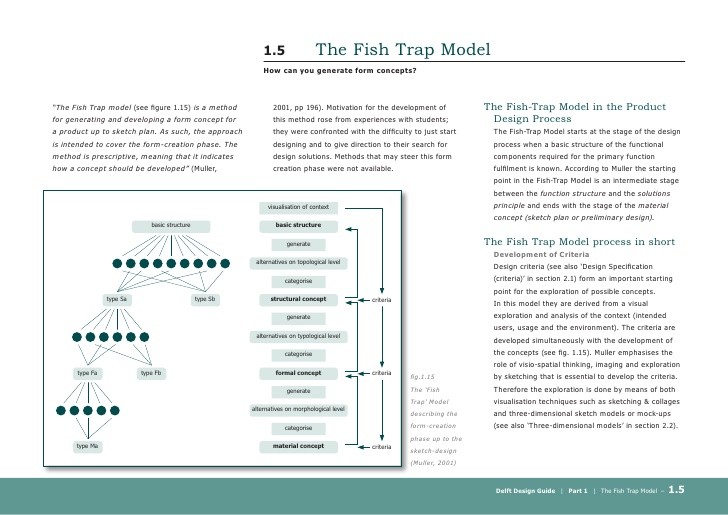Infographic The Unconstrained Approach_1
Post on: 4 Июнь, 2015 No Comment

An Unconstrained Approach to Bond Market Investing
Article Main Body
Investors today are facing numerous headwinds. It is widely acknowledged that prospective returns from both bonds and equities likely will be well below historical averages for the foreseeable future. The current environment is still marked by uncertainties emanating from the European sovereign debt crisis, while in the U.S. anxiety related to ongoing drama from the persistent debt presents additional noteworthy risks. Indeed, downside risk to asset prices is a very legitimate concern – especially after the substantial losses sustained by many during the financial market crisis. And, investing at the risk-free rate today yields an effectively zero return – or negative returns when adjusted for inflation. With all of this in mind, it is not surprising that investors are increasingly focused on alternatives to traditional investment strategies and approaches to diversify risk and achieve a reasonable return on (and of!) capital.
A blank canvas
One such approach is unconstrained, absolute return oriented bond market investing. These approaches generally allow the portfolio management team a broader range of investment discretion than more traditional approaches. The primary components of many unconstrained strategies are:
- the absence of a bond market benchmark
- a goal of delivering positive “absolute” returns independent
of the market environment
The absence of a bond market benchmark means that unconstrained approaches have a different starting point for portfolio construction – a blank canvas so to speak rather than the structural risks embedded in the bond market.
This allows the manager to make decisions in an absolute return framework, where success is measured by the absolute level of return on an investment over a period of time, as opposed to a relative return framework where success is measured by performance relative to a benchmark. It’s important to note that absolute return strategies seek to minimize losses in down markets and may not fully participate in positive market rallies.
For these reasons we believe unconstrained bond portfolio construction should be driven by an outcome-oriented goal, with strategies assessed on an individual risk/reward and correlation basis, and each investment in the portfolio evaluated rigorously for the expected risk and return as well as the potential impact of the correlation to other investments in the portfolio. As such, rather than “underweighting” a less attractive market exposure, the portfolio manager can choose to forgo the unattractive risk altogether and position much more defensively as appropriate. Likewise, rather than limiting attractive market exposures – as traditional bond strategies may be required to do, particularly with “out-of-benchmark” exposures – in an absolute return oriented approach the positions and the scaling will solely be a function of the manager’s best ideas and degree of conviction together with downside risk management considerations, unconstrained by a specified bond index benchmark.
Managing interest rate risk
Not only is a skilled manager’s potential to achieve attractive returns across different market environments enhanced by the removal of benchmark-related constraints, the ability to proactively manage downside risk is an equally if not more important benefit. Take interest rate exposure, for example. While the Federal Reserve has communicated its intent to keep rates artificially low through 2015, with the yield on the 10-year U.S. Treasury at 1.6% as of November 30th, there is very little room for additional price appreciation and significant room for price depreciation. In fact, at current interest rate and duration levels it would only take a 0.18% increase in rates for a 10-year Treasury to deliver a negative return.
Given this very asymmetric risk/return profile, an unconstrained bond manager may choose to tactically limit interest rate risk, while most traditional bond strategies are required to maintain a level of positive interest rate exposure that is similar to their market index, even when interest rates are rising.
Another related reason that investors may find unconstrained bond approaches attractive is the potential value of allowing a manager with a demonstrated track record to dynamically adjust risk exposures over time – looking across a broad, global market place including all sectors of the fixed income market and global currencies for attractive investment opportunities. Contrast this with a traditional U.S. core fixed income mandate tied to the Barclays U.S. Aggregate Index.

Assuming a U.S. core fixed income manager is expected to exhibit relatively low tracking error relative to the index, the primary risk exposures are predetermined to be U.S. mortgage, investment grade corporate and government bond exposure – including U.S. interest rate exposure in all three cases – regardless of whether these risk exposures are more or less attractive at any given point in time.
Choice of manager is key
From an investor’s standpoint, unconstrained approaches clearly place a much greater reliance on the investment manager’s global fixed income relative value and risk management expertise, and the potential ability of the manager to translate this expertise into attractive risk-adjusted return, while also preserving capital via successful downside risk management during challenging market environments. So, in reviewing potential managers, there are certain attributes that generally should be non-negotiable, including but not limited to:
- global footprint with deep expertise across a wide range of fixed income sectors (vs. a sector specific orientation)
- strong risk management framework
- demonstrated and successful track record in dynamically expressing active views and hedging using a wide range of tools
- full transparency, with respect to risk exposures, and attribution of risk/return
In addition, given the downside risk management and positive absolute return objectives, investors should presumably have greater confidence in an unconstrained bond manager who has delivered on these objectives across different market environments. This would be exhibited by an asymmetrical return profile with a high degree of positive return capture (the proportion of returns realized during positive periods) a very limited degree of negative market return capture (the proportion of returns realized during negative return periods) and limited number and magnitude of drawdowns.
For instance, the hypothetical asymmetrical portfolio in Figure 3 has a very similar average monthly return to the Barclays U.S. Aggregate Index, yet achieves this result by capturing 80% of the returns of the benchmark portfolio in positive months but only 15% of the returns in negative months, with a lower magnitude of drawdowns, and lower volatility.
If a bond manager is able to accurately assess the market environment, this additional discretion can be quite valuable. When bond market returns are positive, an unconstrained approach should ideally also deliver positive returns that hopefully capture a material percentage of this upside. However when bond market returns are negative an unconstrained strategy should seek to limit or avoid entirely the risk exposures that produce the negative returns, thereby delivering a very different return profile that is substantially less negative and possibly positive. Other important attributes should include an attractive Sharpe ratio and bond market-like volatility (i.e. the returns are not simply a function of taking more risk), no significant embedded biases, and meaningful diversification benefits relative to the primary risks in an investor’s portfolio – in particular equity market risk which still represents the dominant risk exposure in most investment portfolios, even those with significant existing fixed income allocations.
Versatile roles in a portfolio
One area where there is not consistency – nor does there necessarily need to be – is in how investors incorporate unconstrained fixed income approaches into their portfolios. In some cases investors have created a new category within their fixed income allocation, while in other cases unconstrained bond approaches are used specifically as a substitute for a portion or all of the core bond allocation. Unconstrained bond mandates may also be segregated completely from the fixed income allocation in recognition of the fact that, by design, the performance results should vary substantially from traditional benchmark oriented fixed income approaches at times – and also due to the diversification properties that many such approaches provide relative to other portfolio risk exposures (including fixed income). Regardless of their specific role, however, allocations to unconstrained bond approaches should represent a longer-term strategic decision as opposed to a shorter term, tactical move in our view.
Most unconstrained bond approaches seek to retain the positive attributes associated with fixed income investing – including valuable risk diversification, capital preservation and relatively low volatility. At the same time, the absence of a fixed income benchmark allows an active manager a much greater ability to express their best investment ideas, and in doing so dynamically adjust market exposures over time in an effort to optimize returns and help protect investors against adverse outcomes. With attractive investment returns arguably harder to come by in a zero interest rate world fraught with tail risk and uncertain outcomes, it may be more important than ever to look beyond traditional fixed income approaches. In the hands of a skilled active manager with significant breadth and depth of expertise, an unconstrained approach offers a potential solution designed to help investors maximize the risk-adjusted return potential available in the global bond market.
The “risk free” rate can be considered the return on an investment that, in theory, carries no risk. Therefore, it is implied that any additional risk should be rewarded with additional return. All investments contain risk and may lose value.
The Sharpe Ratio measures the risk-adjusted performance. The risk-free rate is subtracted from the rate of return for a portfolio and the result is divided by the standard deviation of the portfolio returns.














